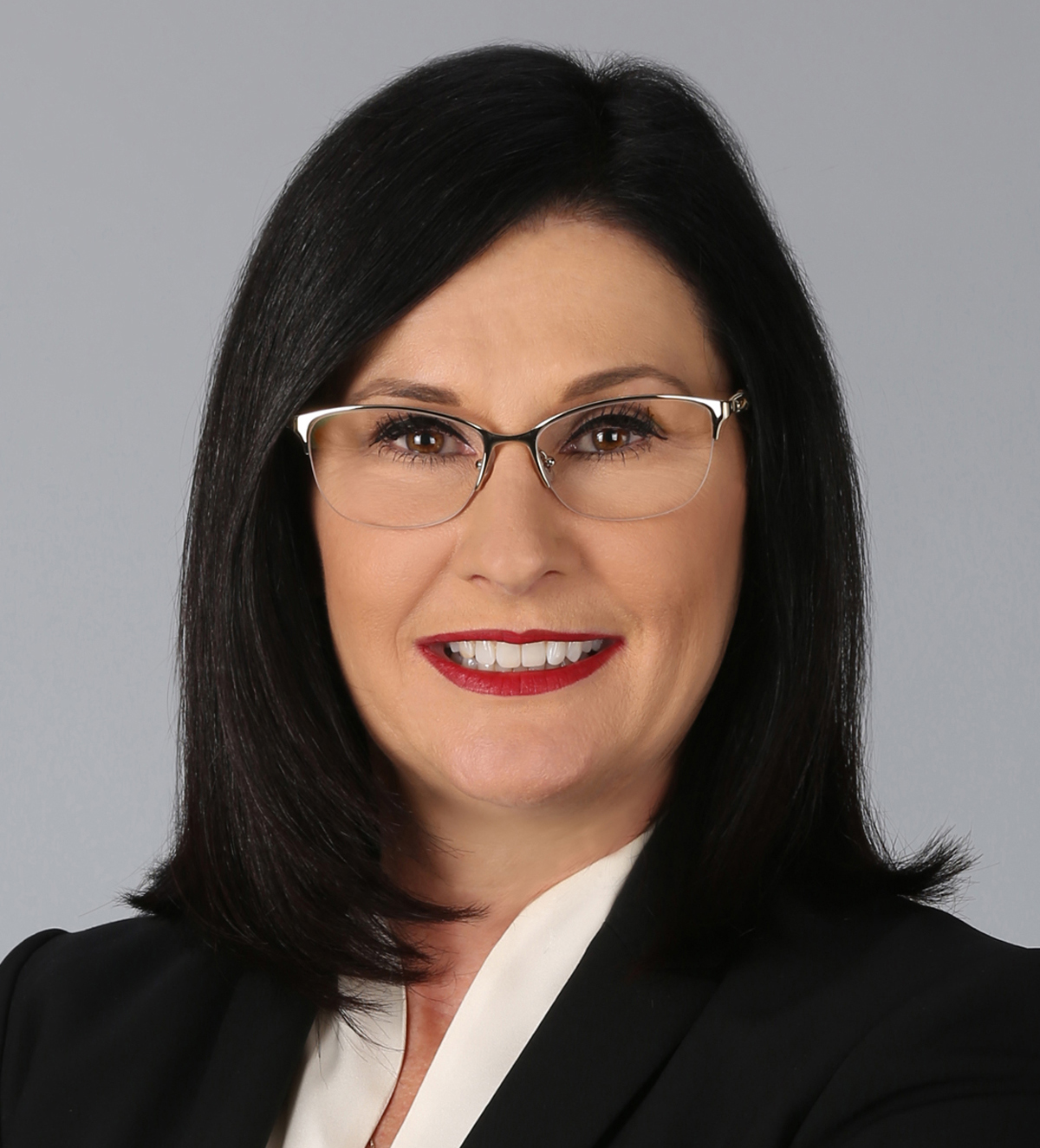It’s 2 o’clock on a steamy summer Tuesday. The Macy’s shoe department at Town Center at Boca Raton is teeming with commerce. Stacks of disheveled shoes boxes are strewn everywhere. Lines at the cash registers are four shoppers deep. Plastic in hand, they are itching to swipe.
The scene defies the Cincinnati-based retailer’s late-summer bombshell that it would close 100 more stores in 2017, on the heels of another consecutive quarter of lackluster sales. That announcement followed three dozen store closures earlier in the year.
Macy’s is hardly alone in its battle to keep bricks-and-mortar stores relevant and profitable in the face of Amazon and myriad other online retailers taking larger bites of market share.
Many retail analysts say America’s malls are dying. But to paraphrase the timeless sage Mark Twain: Reports of their deaths have been greatly exaggerated – at least in South Florida.
Instead, Town Center at Boca Raton and others illustrate an emerging split in the mall sector: between the haves and the have-nots.
- Characteristics of the haves: Apple, Tesla and Tiffany & Co. stores in affluent areas.
- Characteristics of the have-nots: Shuttered anchors, stagnant or low sales productivity and non-retail tenants plugging the holes.
Here’s what the 2016 U.S. Mall Outlook report from real estate research firm Green Street Advisors has to say: “A-quality malls – the destination retail centers in most major markets – drive the lion’s share of mall values in the U.S. These properties are expected to exhibit solid operating performance for years to come. The prospects for B- and C-quality malls, however, are not as favorable.”
It should come as little surprise that South Florida, where conspicuous consumption is king, is home to two of the nation’s five most profitable malls – Bal Harbour Shops and Aventura Mall – and several other “trophy malls,” including Town Center and Sawgrass Mills, that are maintaining their ground against e-commerce. Green Street defines a trophy mall as one that rings up at least $965 in sales per square foot.
“The tourism element is huge for South Florida. Tourist come here and they want to eat, drink and shop,” says veteran retail broker Orin Rosenfeld.
Even so, the broader siphoning of sales to online outlets and to more convenient and experiential shopping venues can’t be ignored. Even the winners of the mall wars will need to adapt to keep shoppers coming in, experts say.
“Today’s shopper isn’t one to go for a box. They define their own path and break every known heritage tradition along the way,” says Sharon Dresser, founder of Miami-based High Street Retail USA, which represents many of the up-and-coming niche brands. “Shopping outside is beautiful. Today’s shopper wants fresh air, close proximity to people and gathering places, trees and nature, not a faux environment with pumped HVAC.”
South Florida retail developers are aware. Most new retail projects these days are open-air, street-oriented, entertainment-centric venues.
At Metropica, the $1.5 billion mixed-use community under construction on 65 acres near Sawgrass Mills in Sunrise, the plan is for a “Lincoln Road meets the Everglades” ambiance, says Eric Collazo, the project’s vice president of development. Collazo is also a former vice president of the Mills Corp., developer of Sawgrass Mills and other Mills-branded shopping and entertainment centers nationwide.
Speaking to a group of commercial real estate brokers and developers at a recent industry event, Collazo painted a future where the experience of shopping will be just as important as the mix of stores and restaurants. To succeed, he says, retail developments will need to differentiate their shopping experience from the internet one.
“What we are seeing is a trend of smaller stores and mini-anchors,” Collazo says, adding that large, 6,000 to 8,000-square-foot restaurants are replacing department stores as anchors. “The trend is ‘de-malling.’ ”
Top U.S. Malls
Rankings based on sales per square foot.
Bal Harbour Shops $3,185
The Grove (Los Angeles) $2,200
The Mall at Rockingham Park (Salem, New Hampshire) $2,170
Forum Shops at Caesars (Las Vegas) $1,615
Aventura Mall $1,595
Pheasant Lane Mall (Nashua, New Hampshire) $1,595
Woodbury Common Premium Outlets (Central Valley, New York) $1,550
The Village at Corte Madera (Corte Madera, California) $1,475
Century City (Los Angeles) $1,457
Ala Moana Center (Honolulu) $1,440
Sources: Green Street Advisors and CNBC










